Leading national and international artists and designers at forefront of 2019 UNSW Galleries program
New Director José Da Silva has included 12 wide-ranging projects in his first year of programming at the Galleries.
New Director José Da Silva has included 12 wide-ranging projects in his first year of programming at the Galleries.
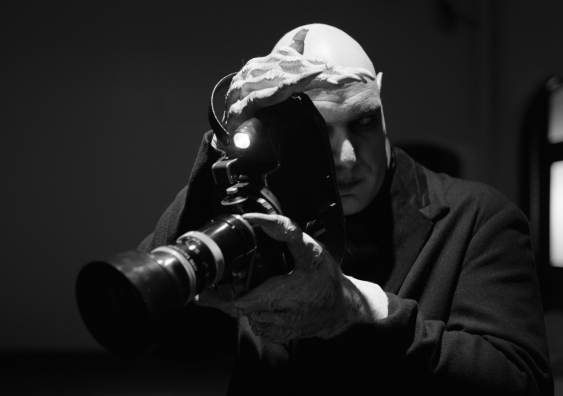
Diane Nazaroff
UNSW Media & Content
+61 (2) 9385 2481, +61 (0)424 479 199
diane.nazaroff@unsw.edu.au
An experimental documentary exploring the unsolved murder of Sydney anti-development campaigner Juanita Nielsen (Zanny Begg: ‘The Beehive’) and an extraordinary sound work made with singers performing at the tips of the Sydney Opera House sails (Oliver Beer: ‘Impossible Composition’) kickstart the 2019 exhibition program at UNSW Galleries.
The program also includes the first career survey of celebrated Australian painter Gemma Smith (‘Rhythm Sequence’), which traces Smith’s experimentation with the language of painting since 2003 and includes more than 50 works.
Galleries Director José Da Silva says the program is a reset for UNSW Galleries, with an entirely new team, redesigned exhibition spaces and an approach that puts artists and designers at the forefront of exhibition-making.
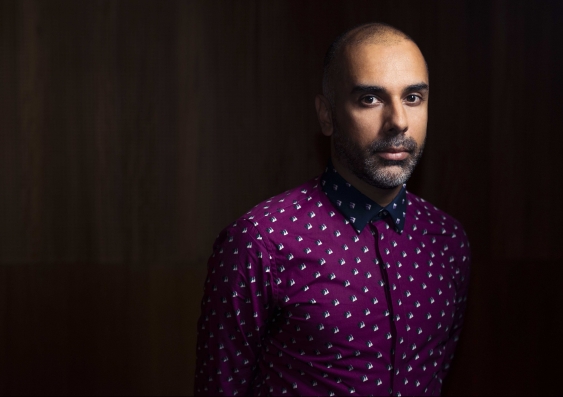
“International curatorial vision”: José Da Silva is the new director of UNSW Galleries.
“It builds on the recent successes of UNSW Galleries and the legacy of the former Ivan Dougherty Gallery, which under the leadership of the late Nick Waterlow played an influential role in Australian and international contemporary art and culture,” he said.
The new Director has included 12 projects in his first year of programming at the Galleries.
“Many projects consider process-driven studio practices; as well as the knowledge exchange and contribution of Indigenous and non-Indigenous artists to our understanding of nature and the built environment,” he said. Elliott Bryce Foulkes and Maria Smit’s March exhibition ‘Order of Events’ explores the production of graphic design within an art museum context.
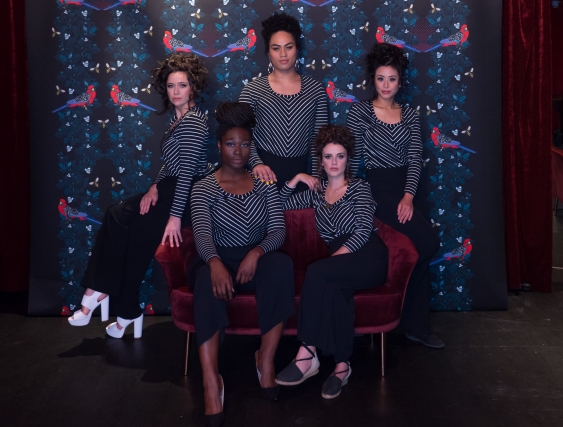
Unsolved murder: The Beehive, 2018, (production still). Photograph: Hugh Hamilton, courtesy the artist and Enigma Machine
‘NOSFERATU (The Undead)’ is a new film installation by Venezuelan born, New York based artist Javier Téllez.
It was created in collaboration with people living with mental illness, after a series of workshops he conducted on the subjects of vampirism and the representation of psychiatric institutions in cinema.
The work screens as part of the Big Anxiety Festival from September.
In June, representations of Australian landscapes are reconsidered by a range of artists, some of whom chart First Nations’ intergenerational relationships to Country and the impact of fracking and mining, in ‘Material Place: Reconsidering Australian Landscapes’ curated by Ellie Buttrose. Mr Da Silva previously delivered an ambitious program of exhibitions at the Queensland Art Gallery | Gallery of Modern Art (QAGOMA) and brings 20 years of curatorial and management experience in art museums, and private and public sector environments to his new role.
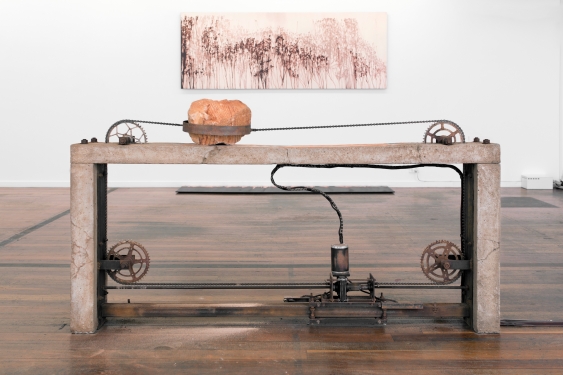
Robert Andrew, 'residual', 2014, concrete, steel, electro-mechanicals and a rock, 120 x 80 x 20cm. Photograph: Sam Scoufos, courtesy the artist
“I spent 18 years living away from Sydney and was eager to return to the city I grew up in and that ignited my passion for contemporary art and design,” he said. “I also wanted to take up the challenge of transforming UNSW Galleries into Australia’s leading university art museum.
“I see UNSW Galleries as a platform that can leverage knowledge from all areas of creative practice and all aspects of society.”
He said he wants the Galleries to invest in artist-led projects and partner with leading institutions that open up dialogues surrounding contemporary visual and material culture.
The new UNSW Galleries team includes Deputy Director Kelly Doley; Exhibitions Manager Karen Hall; Public Engagement and Events Officer Miranda Samuels; Exhibitions Coordinator Tim Silver; and Galleries Assistant Shivanjani Lal.
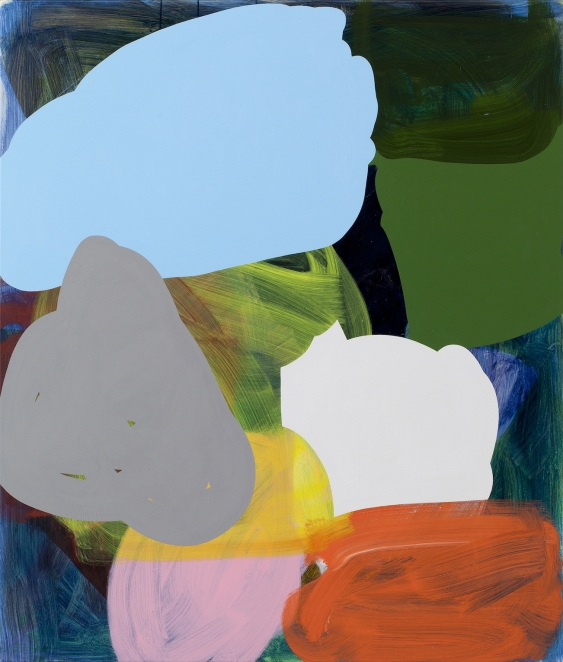
Gemma Smith, 'Furill', 2014, acrylic on canvas, 138.5 x 118.5cm. Image: the artist and Sarah Cottier Gallery
Mr Da Silva said his career highlights “are always connected to learning from artists”.
He recently curated a posthumous survey for the late artist and academic Debra Porch.
The result will be the major exhibition ‘Debra Porch: Art should make life more interesting than art’, which will open at the Galleries in June.
“I have been working in Debra’s studio for the past year, sorting through her notes, cataloguing works and archiving her research,” Mr Da Silva said.
“What a privilege to have such intimate access to an artist’s working space. It has been an enriching experience and perhaps my most gratifying curatorial project.”
Find out more about the The UNSW Galleries 2019 Program.